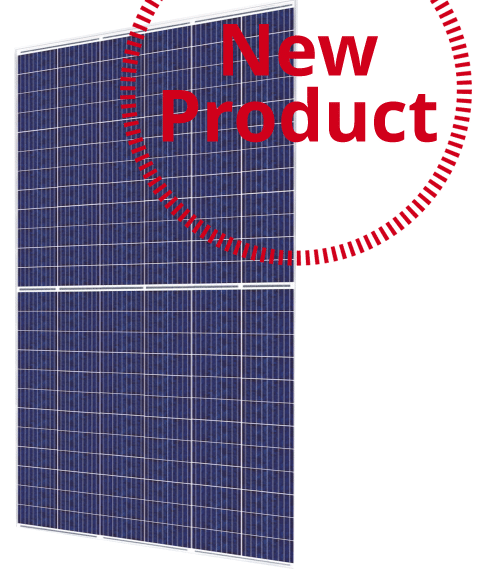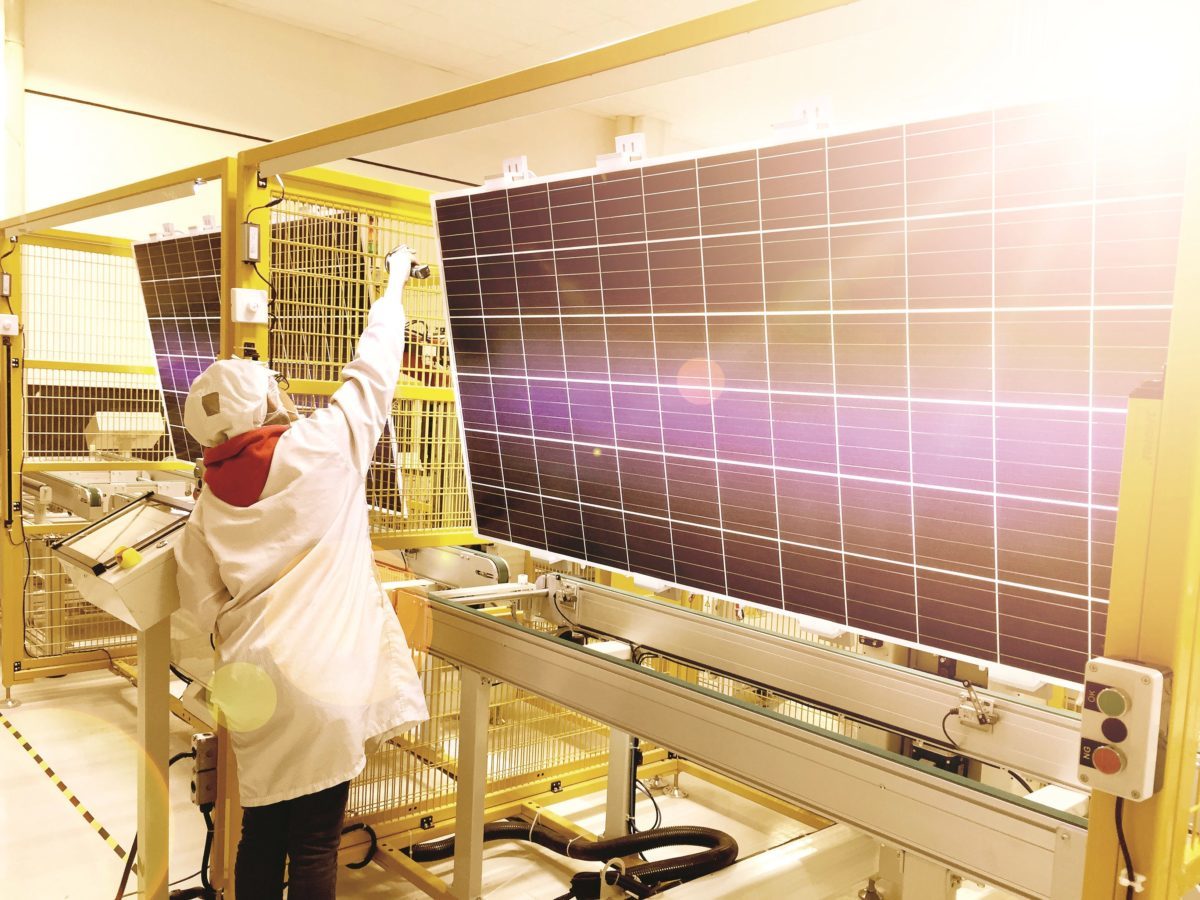At the beginning of this year, pv magazine revealed a tsunami of projects applying for interconnection with grid operators across the United States, as one of many signs that 2019 was going to be a big year for large-scale solar in the United States.
Increased solar development activity inevitably means tight conditions for supply of components, so it makes sense to lock in as much as you can get at the lowest prices.
As such, Canadian Solar’s announcement that it has signed a deal to deliver a whopping 1.8 GW of high-efficiency and bifacial modules to EDF Renewables for projects in the United States, Canada and Mexico is another indication of the project boom that is underway.
The PV maker notes that this is the largest supply deal in its history, and given the watt ratings of the products involved, it will comprise more than 4 million modules.* This is the second-largest module supply deal in North America seen by pv magazine, following JinkoSolar’s deal to supply 2.5 GW of modules to NextEra.
Canadian Solar also describes it as an “anchor” of its more than 3 GW of contracts in North America through 2023 – which is the last year to complete projects that are safe harbored under the 30% Investment Tax Credit (ITC).
Multi comeback
This deal comes at a time when monocrystalline solar is threatening to take over the market. This shift was underway for years, but has been accelerated by the massive volumes of mono wafers that LONGi is producing in new ingot and wafer factories across China.
The rise in availability and fall in cost of mono is inevitably a factor in the actions of LONGi’s multicrystalline competitors, with GCL Poly unveiling its new “cast mono” products at Intersolar Europe, which are essentially mono wafers made in the DSS furnaces that have traditionally produced multicrystalline silicon wafers.

Image: Canadian Solar
Canadian is bucking this trend, as all of the 1.8 GW of products that it is providing to EDF are based on multicrystalline technology. However, it is not just any multi technology, but particularly high-efficiency designs.
The modules will be a mix of Canadian’s HiKu (CS3W-P data sheet) series, which feature passivated emitter rear cell (PERC) and half-cut cells, achieving efficiencies up to 18.8% and 395-415 watt ratings, and its BiHiKu (CS3W-PB) – a new module series which features black silicon, PERC and bifacial technologies – as well as a shingled cell design – in one product.
Canadian Solar announced BiHiKu at Solar Power International last year, but we haven’t seen data sheets yet for the actual product, nor do we have any idea what the mix is of standard and bifacial products that will be delivered to EDF.
However, this could be another indication that bifacial is taking the market by storm.
*Correction: This article was corrected at 4:25 PM EST on May 29. The original article said hundreds of millions of solar modules and gave a figure of over 400 million, when in fact the correct figure is more than 4 million. We regret the error.
This content is protected by copyright and may not be reused. If you want to cooperate with us and would like to reuse some of our content, please contact: editors@pv-magazine.com.









By submitting this form you agree to pv magazine using your data for the purposes of publishing your comment.
Your personal data will only be disclosed or otherwise transmitted to third parties for the purposes of spam filtering or if this is necessary for technical maintenance of the website. Any other transfer to third parties will not take place unless this is justified on the basis of applicable data protection regulations or if pv magazine is legally obliged to do so.
You may revoke this consent at any time with effect for the future, in which case your personal data will be deleted immediately. Otherwise, your data will be deleted if pv magazine has processed your request or the purpose of data storage is fulfilled.
Further information on data privacy can be found in our Data Protection Policy.